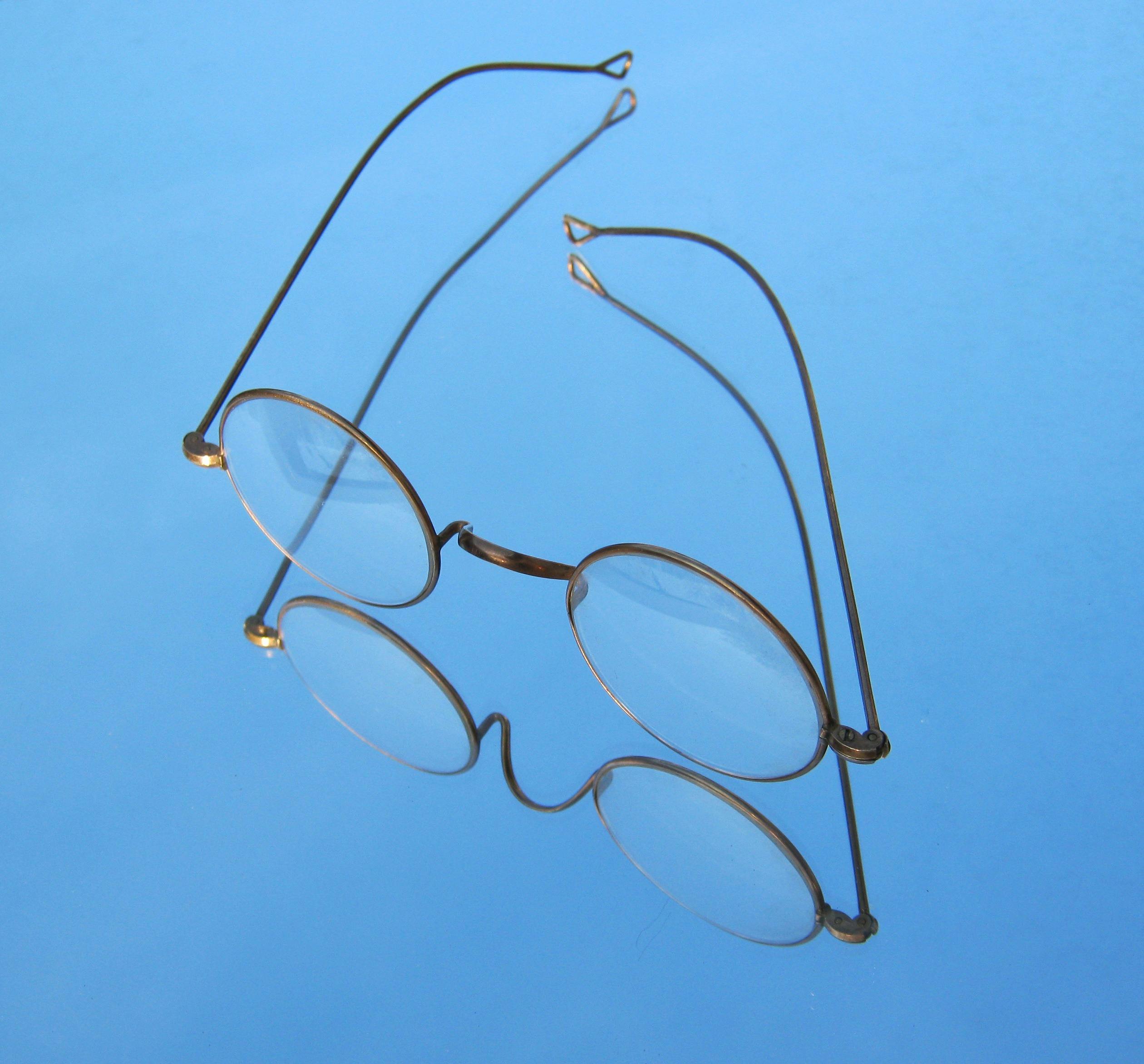5 Ways to Optimize Images for Faster Website Loading
Introduction
In today's fast-paced digital world, website speed is critical for retaining visitors and driving engagement. Images, while visually appealing, can significantly slow down your page if not optimized properly. In this article, we discuss five practical strategies to optimize your images without compromising quality.
1. Compress Images Efficiently
Compression is the first line of defense against slow load times. Use tools like TinyPNG or JPEGmini to compress images without noticeable loss in quality.
2. Use the Appropriate File Format
Choosing between JPEG, PNG, or even WebP is essential. JPEG is ideal for colorful photographs, PNG for images requiring transparency, and WebP for an optimal balance between quality and file size.
3. Implement Lazy Loading
Lazy loading ensures that images load only when they enter the viewport. This technique can reduce the initial page load time significantly.
4. Utilize Responsive Images
Responsive design isn't just for layouts; it extends to images as well. Serve different image sizes based on the user's device to ensure that the right file is delivered at the right time.
5. Leverage a Content Delivery Network (CDN)
A CDN distributes your images across multiple data centers globally. This not only speeds up the delivery but also improves overall site performance.
Conclusion
Optimizing images is a vital aspect of website performance. By compressing files, choosing the right formats, and implementing modern loading techniques, you can create a faster, more user-friendly site that appeals to both visitors and search engines.




